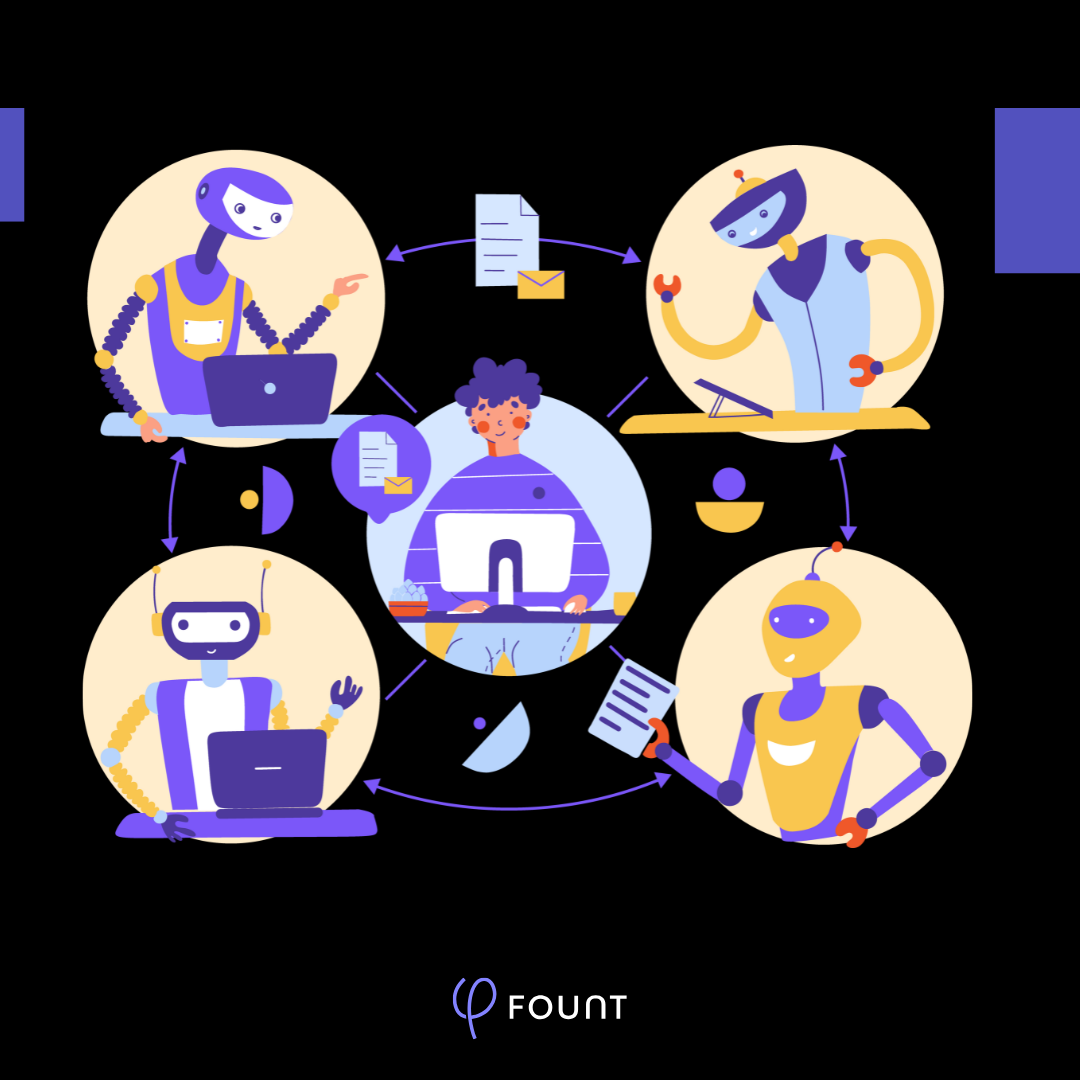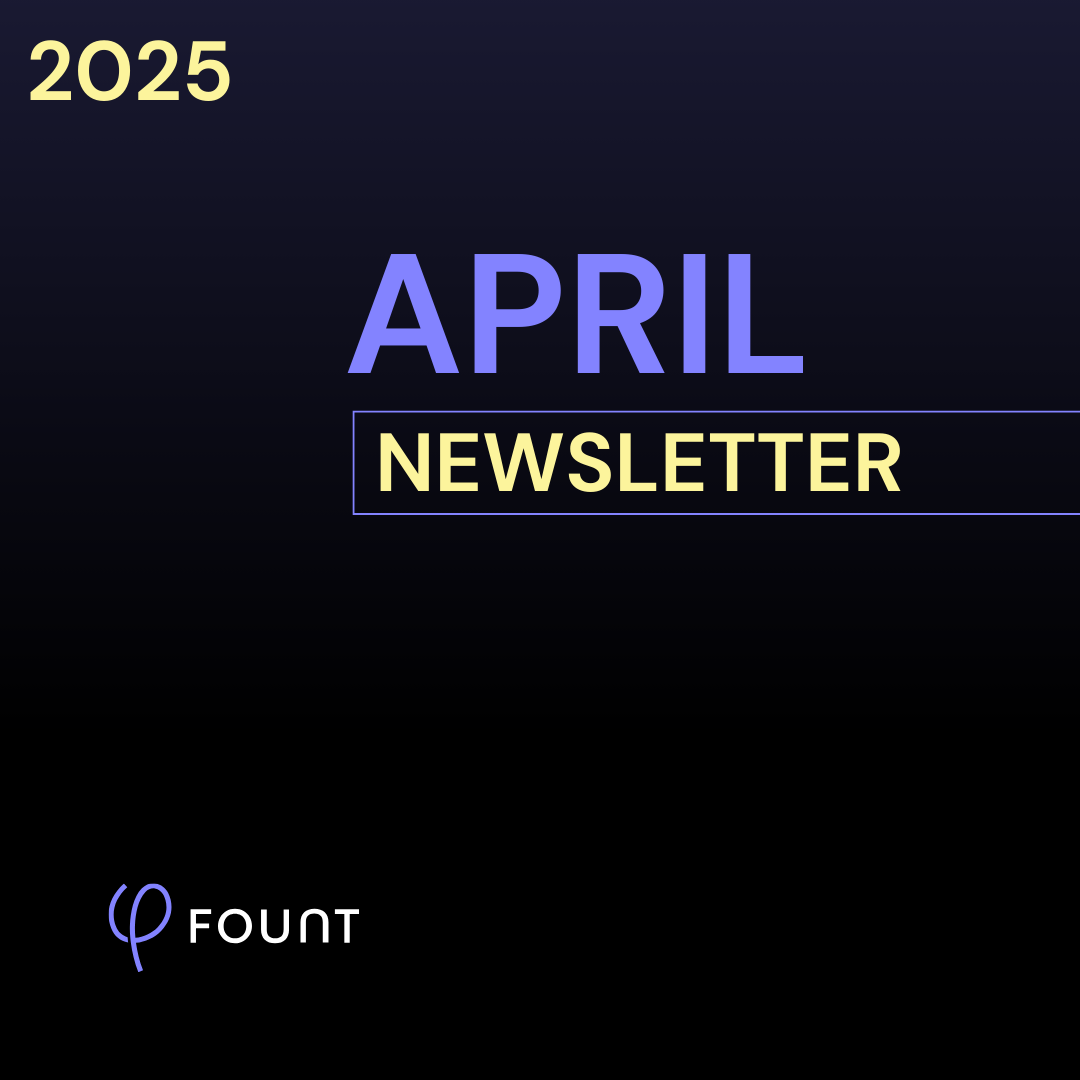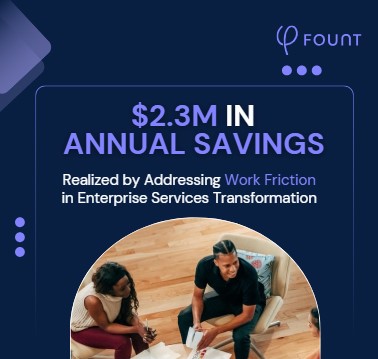Table of Contents
What’s Slowing Your Claims Team Down? Probably Not What You Think
A summary of the details of the article will go here.
The insurance industry has gone to great lengths to simplify processes for customers – which often means offloading complexity onto claims adjusters and other employees. But at what point does excessive complexity for employees become a problem. That is, when does internal complexity do more harm than good to the bottom line? And where should executives start when they’re ready to solve it?
These questions can be answered with quantitative data.
Unfortunately, most executives (in insurance and elsewhere) don’t have that data handy and don’t have a system for collecting it. In fact, most don’t even have a name for the phenomenon I just described.
But we do: it’s called work friction. We also have a framework for identifying the biggest sources, measuring its impact on your bottom line, and figuring out how to minimize it so your employees can work more efficiently and more effectively – and be motivated to stay with your organization longer.
Identify Where the Work Friction Exists
Work friction, as the name implies, is anything that slows a person down while they do their job.
Work friction can take the form of bad technology (like a bluetooth mouse that never connects right), clunky processes (too many approval levels for disbursements), and even people (managers who don’t check in about career goals).
Every job has friction. The goal of looking at your organization through a work friction lens is not to eliminate friction entirely but rather to find the most expensive points and reduce the friction there as much as possible. As I mentioned above, that’s the kind of question you can answer with quantitative data. But almost nobody understands how to collect that data.
In the absence of data, most leaders rely on hunches or anecdotal evidence. Maybe, in response to rising attrition rates, you go on a listening tour of the claims team. And maybe one particularly eloquent adjuster explains their workplace frustrations so well that you’re completely captivated. You channel resources toward solving that problem first.
Or maybe there’s no listening tour. Maybe you see the attrition and you know exactly what drove you crazy when you were working as a claims adjuster 15 years ago and you set about solving those problems.
While both of these methods will likely have some positive impact, neither is evidence based. They’re a bit like getting to a destination without using Google Maps. Yes, you’ll probably arrive, but you may waste a lot of time and effort by taking a roundabout route.
The alternative is to gather hard data about where work friction exists. You can do this by conducting targeted employee surveys, asking your workers about moments in their day where they struggle and how much impact each moment of work friction has on their ability to do their job.
From there, you’ll have hard data to guide your next steps.
Measure the Impact of Each Moment of Work Friction
In customer-facing roles like insurance claims adjusters, there are two distinct types of work friction:
- Friction caused by customers
- Friction caused by you, the employer
The first type of work friction – say, rude or abusive customers – can be upsetting. But it’s rarely a driver of attrition. This is because, while nobody likes being yelled at on the phone, many claims’ adjusters recognize that the occasional rude customer is part of the job. Nobody is to blame but the customer themselves.
The second type of work friction is much more often a driver of attrition because employees understand that this type comes from problems that their employer could solve but has chosen not to. One common example we see, especially at larger organizations: managers don’t regularly talk with their director reports about their career goals.
Why not? There may be several reasons.
In roles that require less experience (call center positions, e.g.), executives often assume that employees are not committed to the company and so don’t bother with career coaching. In roles like claims adjusters, executives may assume that, because employees are already somewhat specialized, they already understand their career opportunities.
At larger organizations especially, both assumptions are typically wrong.
In reality, what we’ve found is that many people join large companies specifically because of their perception of access to a meaningful career path.
This is a huge ah-ha when we uncover it in the work friction data, usually because it’s an entirely solvable problem that leadership was totally unaware of.
Eliminate the Most Expensive Friction First
Once you’ve got data on where your employees experience friction and how much impact it has on their daily work, you can start ranking your various work friction sources by cost to your bottom line, either from lost productivity or excess attrition. From there, you can prioritize solving them by potential impact (see Figure 1).

Figure 1: Work friction moments visualized by their impact on productivity
If, for example, your claims adjustment team has high attrition rates because they’re frustrated by the arduous process of disbursement approval, you can invest in reimagining it, whether via additional training, new automation, or hiring more people.
The ROI this kind of investment can deliver is often on par with what vendors of various digital transformation solutions promise (our customers often see between $1 million and $3 million in productivity gains or savings from improved attrition). What’s more, approaching attrition and productivity from a work friction lens leads to solutions that are better tailored to the actual needs of your workers.
Most Hunches Are Wrong. Use Work Friction Data to Eliminate Wasted Work
In our work with enterprises, we’ve found that, about 75 percent of the time, the problem that an organization invests a lot of money in solving is either not the biggest problem or not solved in the most effective way. And in nearly every case, this happens because the organization lacked quantitative data on work friction.
Product teams wouldn’t dream of investing in a new feature without first gathering detailed user feedback. Corporate leaders should approach their employee experience the same way: identify moments of work friction, measure their impacts on employee productivity and retention, address the most impactful ones first, and continue to measure the impact.
Our software helps you do exactly that: from gathering solid baseline data to providing dashboards where you can track your progress, it ensures that your organization invests in the right solutions for the most pressing problems your organization faces.
Want specifics? Book a demo today.
Related Resources
See all News
FOUNT News
LIVE Webinar. Beyond AI Hype: How to De-Risk Your GBS Transformation with Friction Data

Guest Post
3 Signs Your GBS Is Creating Friction Instead of Flow (And How to Fix It)

FOUNT News
June Newsletter: Friction is Killing Your AI ROI.

Insights
Breaking the False Tradeoff in GBS: Efficiency vs. Experience

Events
LIVE Webinar – July 9th for SSON Network. Beyond AI Hype: How to De-Risk Your GBS Transformation with Friction Data

Insights
To Create New Value, GBS Leaders Need Different Data

Insights
How to Keep Up with the Latest AI Developments

Insights
APRIL Newsletter. Friction: You Can’t Improve What You Can’t See



